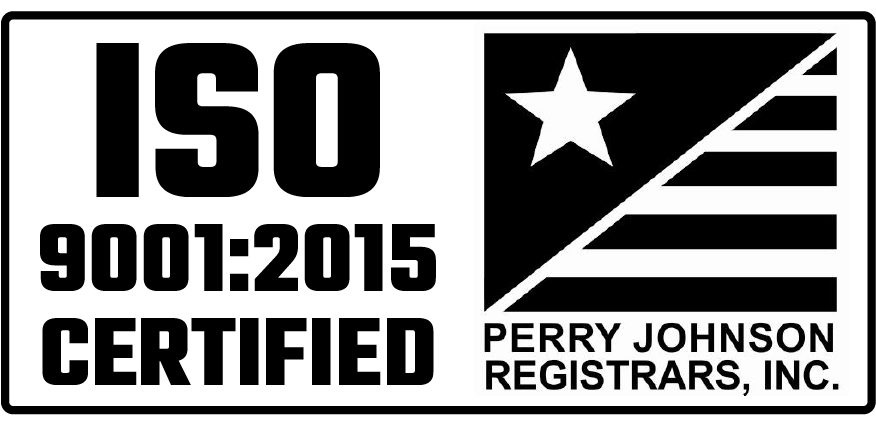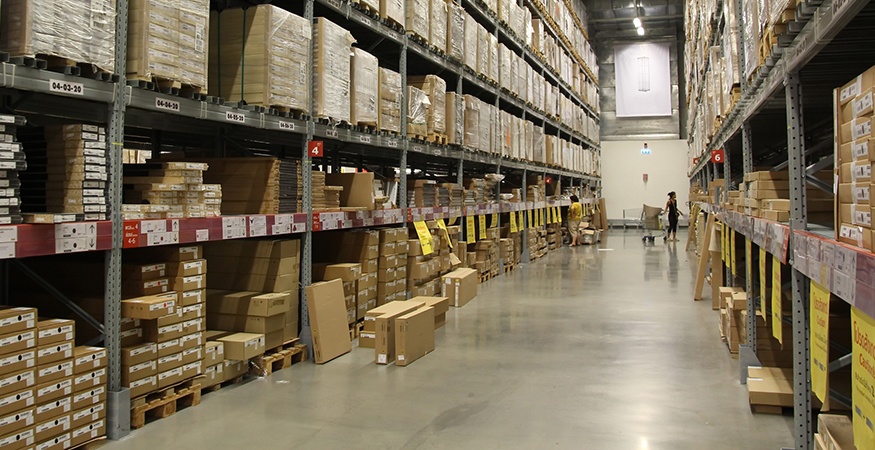For manufacturers, it’s hard to talk to about supply chain optimization without talking about lead times. The longer your lead time is, the more a customer will want to know if it can be shortened; and while there typically aren’t any easy answers when it comes to reducing supply chain lead times, there are steps you can take to improve your overall purchasing process — which can in turn help reduce your lead times.
If you look at your supply chain the same way you look at your production process, you can begin to think Lean while sourcing and purchasing components. It all begins with examining your current process and building supply chain values streams. To help you do that, here are five steps you can follow to help improve your supply chain lead times using Lean principles:
1. Form a cross-functional team
If you don’t have one already, the first the thing you want to do is assemble a multi-department team that will lead the charge as you work to improve your supply chain process. It should include someone from each department that’s affected by your supply chain, including, but not limited to: purchasing, sales, engineering, estimating, operations and finance. You can even include some key suppliers to get their perspective.
2. Map out value streams
Once your team is assembled, take a look at all of your suppliers. Are some providing similar components? Could you create supplier value streams based on geography? Group your suppliers in a manner that aligns the service(s) they provide with how you use them, and what makes the most sense for quick delivery.
3. Examine your current status
Now that you have your value streams mapped out, you should be able to better understand your current situation. Map the flow of the product from the supplier to you, along with your communication about the transaction. If you can map it even further, whether up the chain or down, you will get an even better picture of the overall flow. Analyzing past orders can also lead to the discovery of more lead time issues or even show you patterns over time.
4. Determine where you want to go
When you have everything mapped and understand your current situation, set some goals to work towards. Overall, your goals should revolve around reducing waste, improving flow and adding value wherever possible (e.g., reduce lead time by 5 days by consolidating suppliers).
5. Develop an action plan
So, you know where you are and you know where you want to go. Now it’s time to put those plans into action and set a timeline for your supply chain value steam mapping, as well as the benchmarks that will help you achieve your goals within your timeline. Develop a method to track your metrics and have the members of your cross-functional team hold each other accountable for hitting those benchmarks. You can even hold weekly team status meetings to ensure everything is on-target.
However, once your supply chain value stream mapping is complete, the work is not done. It will take nearly as much work to maintain a balanced flow and lock in any changes that were made in the process. Since you’ll likely be dealing with dozens of suppliers, it may take longer for some to jump on board with any adjustments you make on your end. Just be patient and keep communication lines open. Be ready to answer questions and provide updates, as your team may decide to tweak things along the way. Once you start using your supply chain value streams, you may find you can reduce your lead time on a certain project based on the supplier value stream you use to procure components. As you watch your lead times improve, you should also see your customer satisfaction increase.
One project that utilized a large portion of MCL’s supply chain was the United States Coast Guard’s RB-M order. Click the button below to read our case study and find out more about the engineering solutions used to help build 174 utility boats that the USCG uses to perform daily duties and rescue missions across the country.





